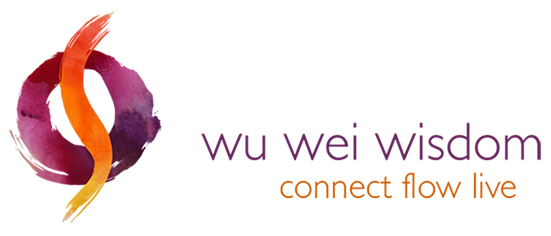introduction to qigong meditation
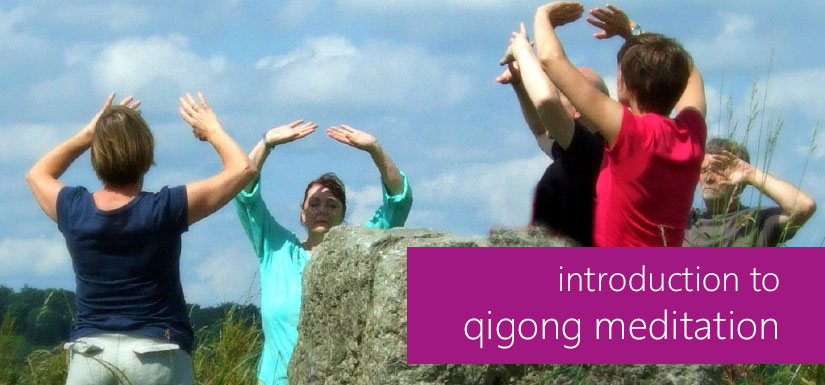
summary
An introduction to the ancient Chinese Taoist practice of Qigong or Chi Gung meditation, including the basics of the powerful Zhan Zhuang Qigong form for improved physical and emotional health.
full teaching
Qigong basics
Pronounced ‘chee-gong’ and also referred to as Chi Kung, Qigong can be loosely translated as follows:
Qi = air, breath of life, vital essence, life force, vibration, energy… or I prefer the word ‘love’…
Gong = work, self-discipline, achievement cultivation or mastery….
Qigong is a discipline whose practice allows us to gain control over the life force that courses throughout our bodies. It is a medical meditation that is practised by millions worldwide in some form.
The ancient Chinese Taoists were early advocates of Qigong. They taught that Acupuncture, Chinese herbology and Qigong are three parts of a single entity and are as closely related as water is to steam and ice.
As well as cultivating Qi to aid your own health, through Qigong practice Qi energy can be used to heal and help others.
”A small movement is better than a big movement, No movement is better than a small movement, stillness is the mother of all movements.”
A person practising Qigong may appear to be sitting or standing quietly in a peaceful meditation, being aware of their body and the world around them. After a while a deep sense of wellbeing and peace falls over the body, slowly building up so that they can move through the five stances (5 minutes in each stance) as inner strength, balance and the cultivation of Qi grows stronger.
Zhan Zhuang Qigong
There are numerous forms of Qigong practiced throughout the world – we practice a form known as ‘Zhan Zhuang’ (also known as Standing Pole or Standing Tree Qigong).
Zhan Zhuang (Pronounced ‘Jan Jong‘) is one of the most demanding forms of exercise you can do. On the surface, it seems so simple, too simple in fact, but once you begin practising you will learn how challenging it really is.
Zhan Zhuang is a way to learn to relax your mind, your muscles and even your spirit. In addition, it can help you to develop incredible internal strength and power and it can teach you unlimited lessons about yourself.
UK Channel 4 television ran a series called ‘Stand still, Keep Fit’ about this particular type of Qigong. It is both a ‘Wai Dan‘ and ‘Nei Dan‘ form of exercise.
Essentially, you stand still, with your legs slightly bent, and your arms in various positions. There are five stances, five minutes in each stance; initially you might only be able to hold the position for a minute or two; eventually, you should strive for the full twenty-five minutes of continual practice.
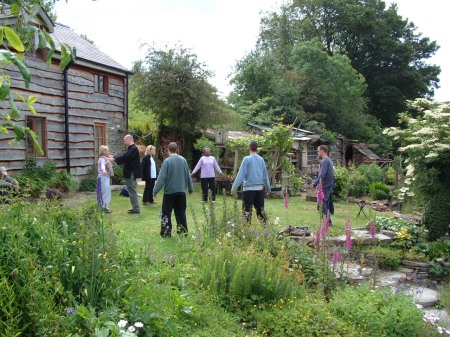
There are numerous postures that are common in this form of energy development, but I have found over many years of practice that the five stances that I teach to be generally the most beneficial.
One of the things you will notice as you begin practising Qigong is that your muscles will start to shake and maybe even briefly hurt a little. At first this can feel rather alarming, but it is important for you to try to ignore this discomfort and continue your training without lowering your trembling limbs.
Work through the slight pain and shaking and within a few minutes you will discover that your secondary muscles will kick in and the exercise will seem easier. It is similar to getting your second wind when jogging. Students also report a swaying, and/or heat in feet and/or hands; this is normal and can be the first signs of moving Qi.
NB. IF THE PAIN IS TOO MUCH EITHER STOP THE EXERCISE OR REVERT TO THE PREVIOUS STANCE.
Important Zhan Zhuang lessons
Zhan Zhuang is a powerful meditation used to develop internal power. Most Qigong masters use this method alone as their daily practice. It is fundamental to Qigong, as it opens the energy gates of the body and so allows the free movement of the Qi.
Key lessons in Zhan Zhuang cover the three essential areas of body posture, energy and qi dissolving…
Body posture
- Your stance must be comfortable; feet are parallel and shoulder-width apart; keep your feet parallel to each other
- Your tailbone should point to the ground; gently straighten your spine
- Your head should float lightly above your neck, which is held straight
- Eyes shut, tongue touches roof of mouth.
- Gently allow your chest to sink as it rounds, your chest should expand towards your navel and the sides of your ribs stay as soft as a baby’s
- Give your organs an internal massage
- Raise your spine and spread your shoulder blades
Energy
- Slowly observe any energy imbalances in your body, take your time
- Internal scanning is a feeling, NOT a visualisation exercise
- Let your nerves come alive, keep the mind stable
- The need for rapid perfection slows your progress
Qi dissolving
- Ice to water, water to steam, steam evaporates
- Dissolve downward through the entire body
- Be gentle with yourself
All safe Qi development practices are cumulative and progress slowly, developing strong links between the brain and Qi. This avoids burnout; a strong nervous system allows messages to be delivered between the brain and Qi without conscious will or effort. The development of Qi must of necessity be slow, careful and joyous.
Using Eight Silken Brocade Qigong as a warm-up exercise
I begin my Qigong practice with the ‘Eight Silken Brocade’ form of Qigong (also known as ‘Baduanjin’).
As the name suggests, this is a Qigong exercise in eight parts, and each movement is repeated eight times. Each of the eight moves is designed to stimulate and awaken the Qi energy of the main organs and meridians of the body, and so the form prepares the mind and body well for the more energetically profound and yet more meditative Zhan Zhuang practice.
The importance of relaxation in Qigong practice
Relaxation is without doubt the most vital element not only in the Zhan Zhuang practice, but also in any form of Qigong training. Only when the body is relaxed will the internal organs settle, the blood flow freely and the genuine co-ordination of the muscles take place, then the control of strength be possible. One must never exert brute force, for this will create tension, obstructing the blood flow and exhausting the body.
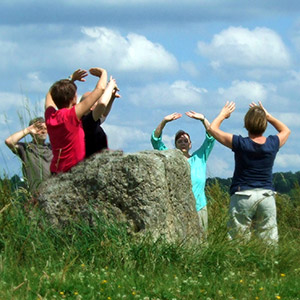
When standing in a fixed posture one cannot be as completely relaxed as when reclining; but better, “relaxed not slack, tense but not stiff”. It may feel as if you are floating in the air, with air pressing in on all sides, the skeletal frame so perfectly aligned that it remains in position without effort, the muscles just hanging off the bones like clothes on a clothes-horse. This improves your posture.
Entering a quiet state is also a common aim for all methods of Qigong practice. In general the deeper the state of quiet, the more effective the practice will be. The ideal state of mind is completely calmed, unruffled by random thoughts and the attention clear and concentrated.
Such a state is clearly linked with the relaxation of the body, each enhancing the other. Your attention becomes extremely lucid and alert, acutely sensitive to one’s environment, but undisturbed.
This is the most beneficial state for nurturing your health, increasing your inner strength, an aid to the prevention of serious illness. Through practice your body and mind will become more relaxed, comfortable and stronger.
If you can practice Qigong every day, even if only for 10-15 minutes, you will notice a great improvement to your general health, spirit and vitality.
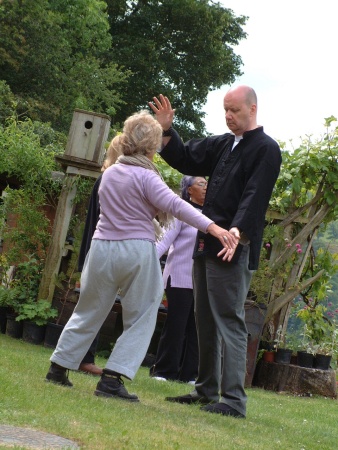
want more support
Discover how David can help you rebalance your health and wellbeing with his one-to-one sessions.
You can also:
- join our free Wu Wei Wisdom Facebook Group where you’ll find lots more guidance and discussion
- sign up for our free weekly email newsletter with all our latest teachings and news.
If you have any questions or would like more information on our work please contact us – we’re always happy to help.
like this post?
Please share it! This helps to pass on the positive Qi of our work to others who may benefit…
